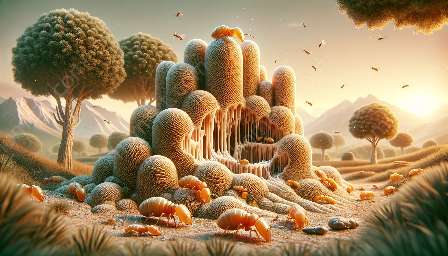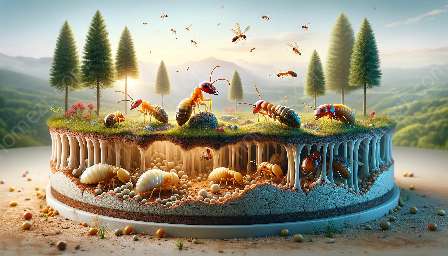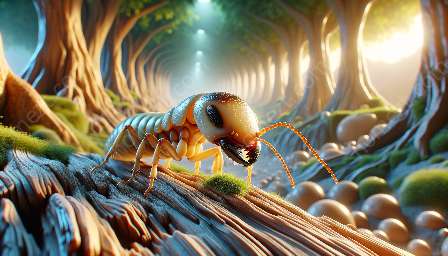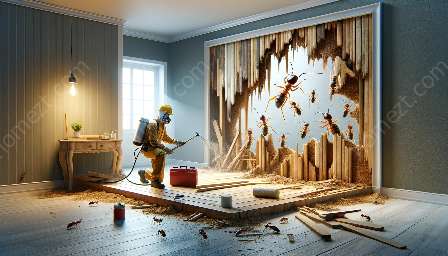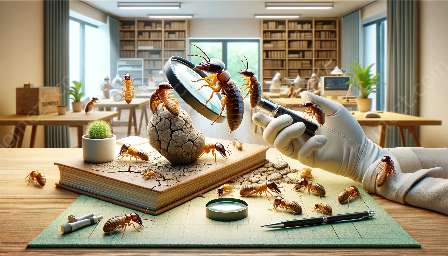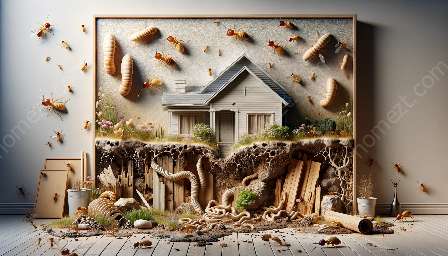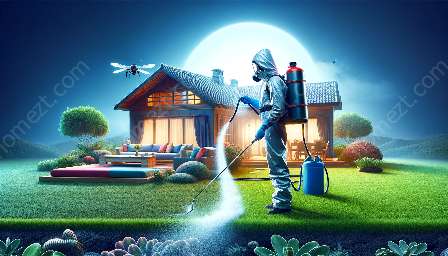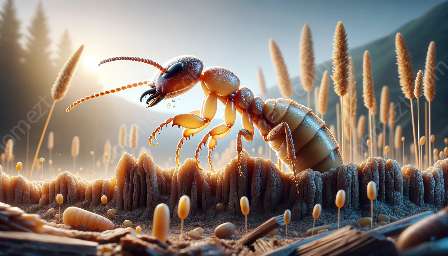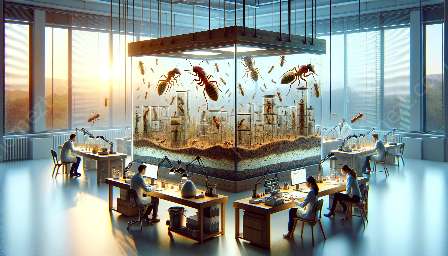Termites are fascinating and often misunderstood creatures that play a vital role in our ecosystem. Among the diverse castes within a termite colony, termite soldiers stand out for their unique characteristics and significant contributions. In this comprehensive guide, we'll delve into the world of termite soldiers, their behavior, and the crucial role they play in the context of pest control.
The Lifecycle of Termites
Before we explore the role of termite soldiers, it's essential to have a basic understanding of the termite lifecycle. Termites undergo a complex process of metamorphosis, progressing through various stages such as eggs, nymphs, workers, soldiers, and reproductives. Each caste has specific functions within the colony, and the soldiers are responsible for protecting the colony from potential threats.
Distinctive Characteristics of Termite Soldiers
Termite soldiers are equipped with remarkable defensive adaptations that set them apart from other members of the colony. Their most notable feature is their large, powerful mandibles, which they use to fend off predators and intruders. Additionally, termite soldiers have distinct head shapes and specialized chemical glands that produce defensive secretions, effectively deterring enemies from attacking the colony.
Behavior and Defense Mechanisms
When a threat is detected, termite soldiers swiftly mobilize to defend the colony. They utilize a combination of physical defense, chemical warfare, and strategic positioning to safeguard the nest. Termite soldiers are highly responsive to vibrations and disturbances, allowing them to detect potential predators and respond rapidly to protect the colony's inhabitants.
Impact on Pest Control
The presence of termite soldiers in a colony has significant implications for pest control and management. Understanding the behavior and biology of termite soldiers is crucial for developing effective strategies to control termite infestations. By targeting the vulnerabilities and defensive mechanisms of termite soldiers, pest control professionals can implement tailored approaches to mitigate termite damage and prevent future infestations.
Integrated Pest Management for Termites
Given the destructive potential of termite infestations, proactive pest control measures are essential to protect structures and preserve the integrity of homes and buildings. Integrated pest management (IPM) offers a comprehensive approach to termite control, combining preventive measures, habitat modification, and targeted treatments to minimize the impact of termites while preserving ecological balance.
Preventive Measures
Effective termite control begins with preventive strategies aimed at reducing the likelihood of infestations. This may include eliminating moisture sources, sealing entry points, and implementing physical barriers to deter termites from accessing vulnerable areas.
Treatment Options
When termite infestations occur, various treatment options are available to address the problem. These may include soil treatments, baiting systems, and localized applications to target active termite colonies. By understanding the behavior and biology of termite soldiers, pest control professionals can tailor their approach to directly impact the colony's ability to defend itself.
Conclusion
In conclusion, termite soldiers are integral to the dynamics of termite colonies and have far-reaching implications for pest control and management. By gaining insight into the behavior and defensive mechanisms of termite soldiers, individuals and professionals can develop effective strategies to mitigate the impact of termite infestations and safeguard structures from potential damage. Through proactive pest control measures and a deeper understanding of termites and their castes, we can coexist harmoniously with these remarkable insects while preserving the integrity of our environments.

